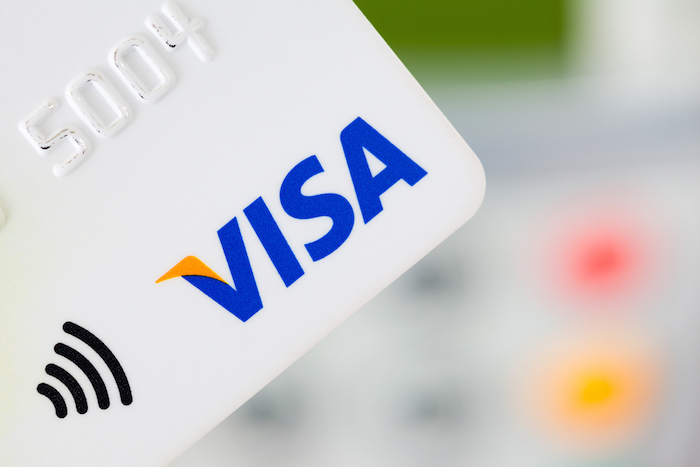
The growing popularity of contactless payments in the U.K. has propelled the spending limit on contactless cards to be raised by £10 to £30 starting September 2015.
The U.K., which first introduced contactless payments in 2007 with a spending limit of £10, has seen its popularity grow in leaps and bounds with the total worth of transactions tripling from £653 million in 2013 to £2.32 billion in 2014.
The soaring number of contactless transactions that stood at 319 million in 2014 is credited to the London transportation network, which has been supporting the new payment methodology since September last year.
“We have seen over 41 million journeys made across London using contactless within just five months,” said Sashi Verma, Transport of London’s (TFL) Director of Customer Experience. “Contactless payments to travel can save our customers time, they don’t need to stop to top-up an Oyster card, or buy a ticket and can benefit from daily and Monday to Sunday capping.”
The payment processing system uses the same encryption as chip and pin ensuring safe transactions, according to a TFL press release.
With a 52.2 percent rise in number of contactless cards since December 2013, currently, there are more than 58 million contactless cards in circulation in the U.K., including 36.9 million-debit card and 21.2 million credit cards. The average contactless transaction stands at £8.26 as of December 2014.
With the highly secure encryption that chip and pin offers, instances of fraud have been scant with contactless fraud totaling £51,000 or 0.007 percent of total contactless spending over the first six months of 2014.